Industrial design is a process for developing a product based on real-world considerations that put the end-user at the forefront.
Rather than engineering a product to fit specific pre-set requirements, it’s about developing a solution to help people live better. Meaning you first have to know who those people are and what they need.
Ever since SPARK opened we’ve been increasing our focus on industrial design. Why? Because we feel it’s a more efficient, effective, and creative way of developing products. And it makes happier customers. Which makes our clients happy. Which makes us happy.
Problem-Solving For The Market
At SPARK we don’t make products, we solve problems.
Part of the industrial design process begins with defining exactly what problems we’re trying to solve and for whom. We investigate the industry for existing solutions, looking for what works and what doesn’t. That helps us identify gaps and opportunities based on how users actually behave.
We think about the customer’s behavior, their pain points, and what might actually help them achieve a task more efficiently. We consider in what environment they’ll use the solution and for how long. They won’t be in a lab somewhere. They’ll be out in the real world bumbling the thing around like people do. How durable does it need to be? What’s the most comfortable way to use it? How might someone use it incorrectly?
We get deep into the weeds with questions like that, so we can set up for future efficiencies, saving time and money in later development stages (when everything costs more).
What Industrial Design May Include:
Conceptualization
User research
Market research
Sketching
Product architecture
Photo-realistic rendering
Prototyping
Branding
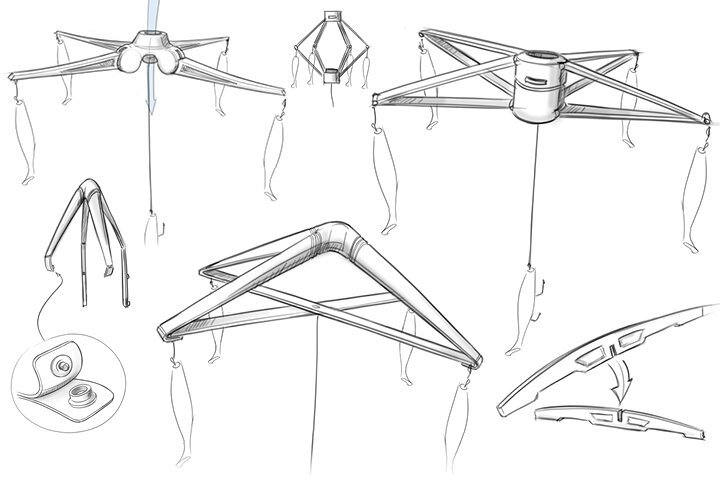
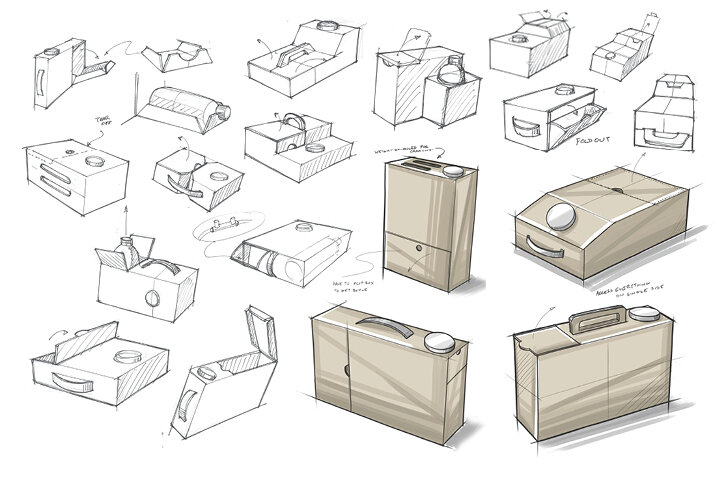
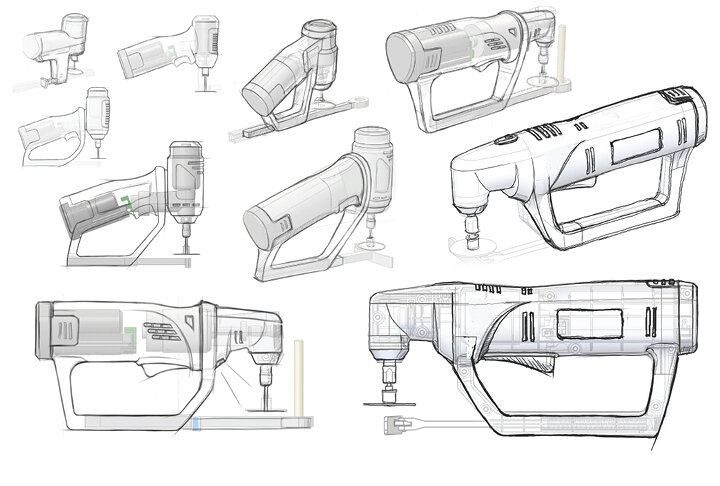
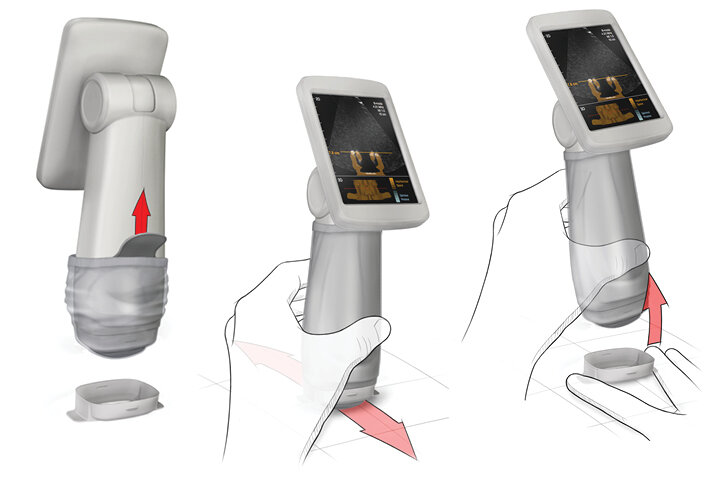
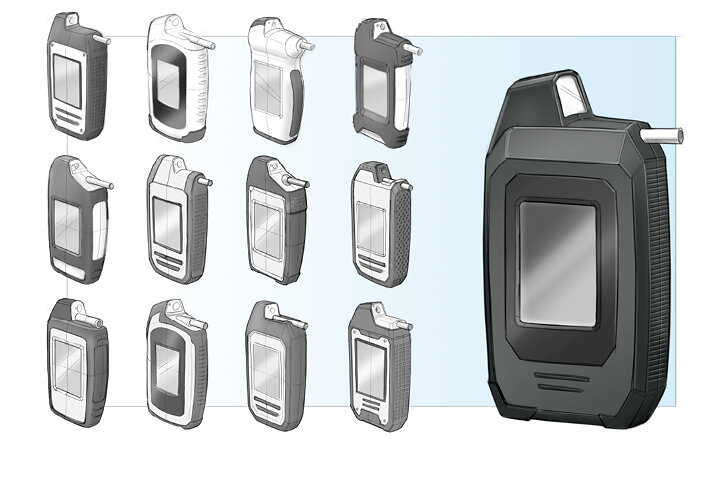
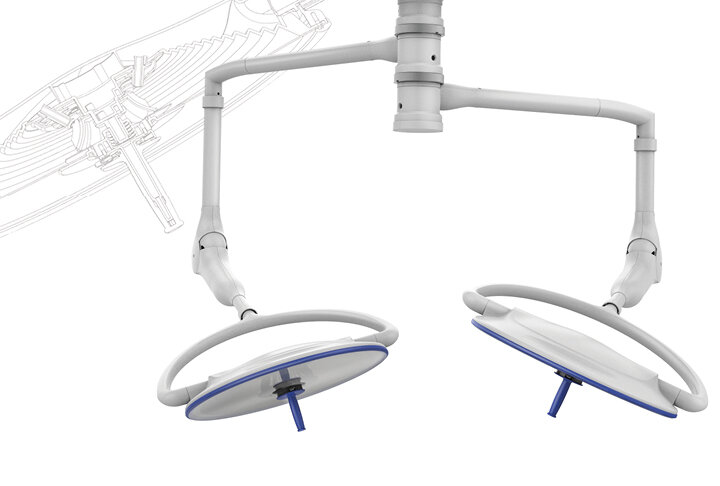
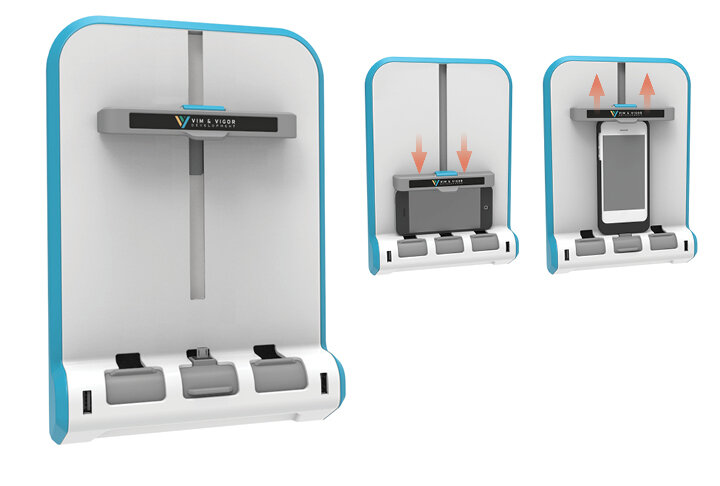
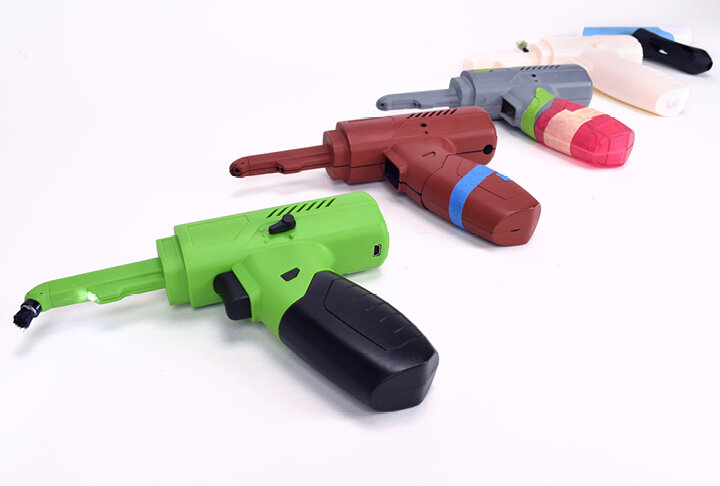
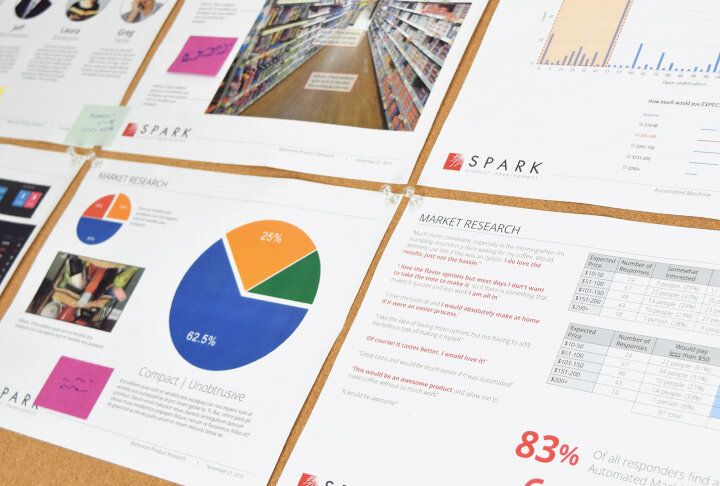
Industrial Design For Strategic Efficiency
Part of our process also includes making things more efficient for the process itself. We don’t think in linear phases—we’re always building within the bigger picture, and our teams work together throughout, so projects aren’t simply dumped over a wall at the end of each phase.
Instead our engineers collaborate with our industrial designers from the start of the conceptual phase to explore how parts might be made and assembled, what needs to be under the hood, and how we might arrange all the bits and pieces for a more attractive and ergonomic solution that better fits our end-user’s needs.
To understand what those needs are, we may begin with an in-depth discovery phase to get to the heart of what we’re solving and for whom. Depending on the project, this could involve simply Googling a bit...or investing in market research.
Then once it’s time for the engineers to sit down with CAD, industrial design will be hovering over their shoulder helping to refine the form in 3D and make the mechanical features more intuitive and ergonomic to use.
Multiple disciplines working together is the secret to shaking out clever innovations that we can seamlessly integrate into a design that looks and feels great—that’s also streamlined for manufacturing.
Knowing how to balance the nuts and bolts with the blue-sky daydreaming is where our decades of design, engineering, and manufacturing experience come into play. We understand what goes into the transition from concept to design to production—and how to troubleshoot ahead of time to make those transitions more efficient.
All this helps us avoid chasing concepts that could never be made...or backing into an unattractive package because of some complicated CAD model that failed to consider the user.
Why Industrial Design?
Industrial design is more than a process; it’s a mindset. Design can get deeply theoretical—which is one of its charms, but that doesn’t necessarily lend itself to making products that succeed in the marketplace.
Mechanical engineering can be the same way in a different direction—which is why SPARK brings the two together around one table. We’re not just drawing pretty pictures, we’re creatively exploring ideas that can really be made.
Organizing ourselves around an industrial design mindset allows us to open the floodgates of our design and engineering talent—and channel it effectively into the human hands that will eventually use the final product.
***
Read more about industrial design here.
Produced with Quillpower



